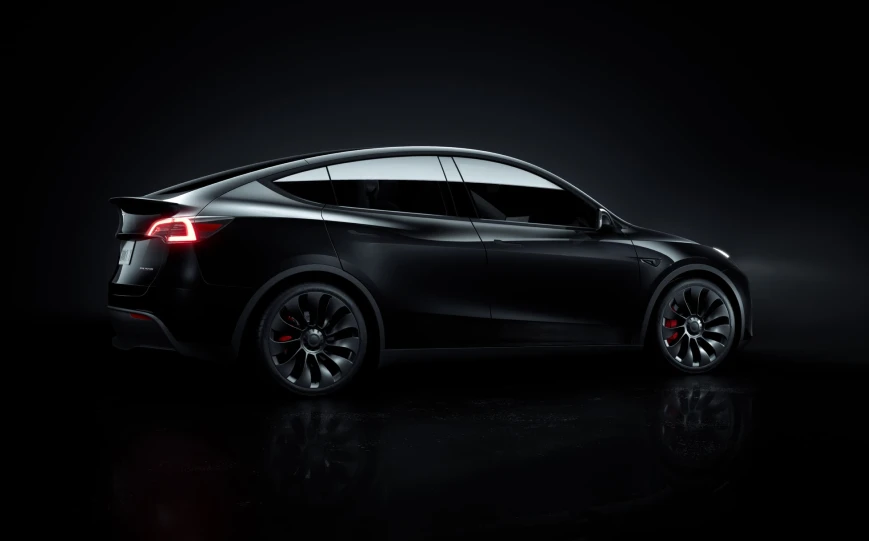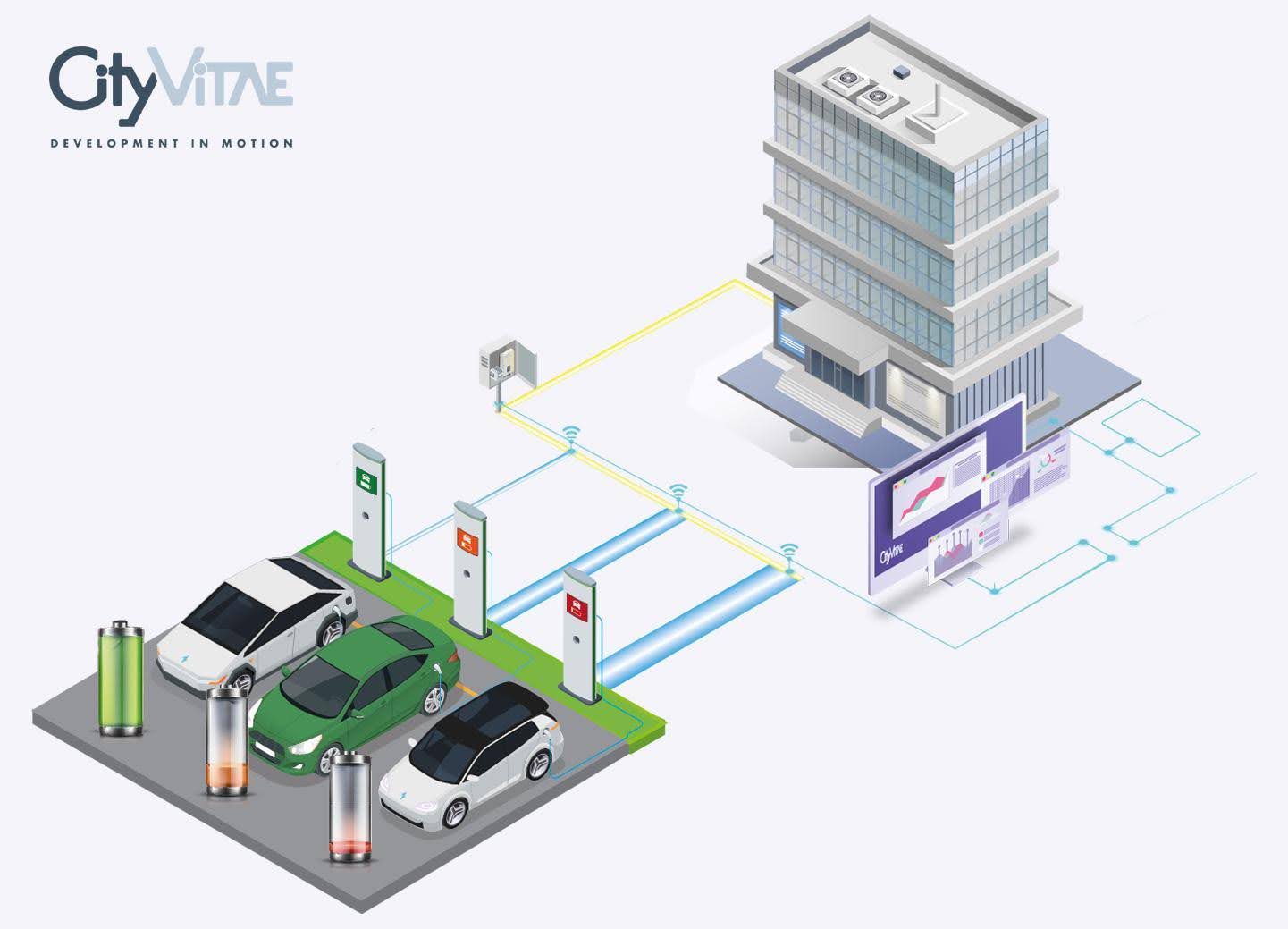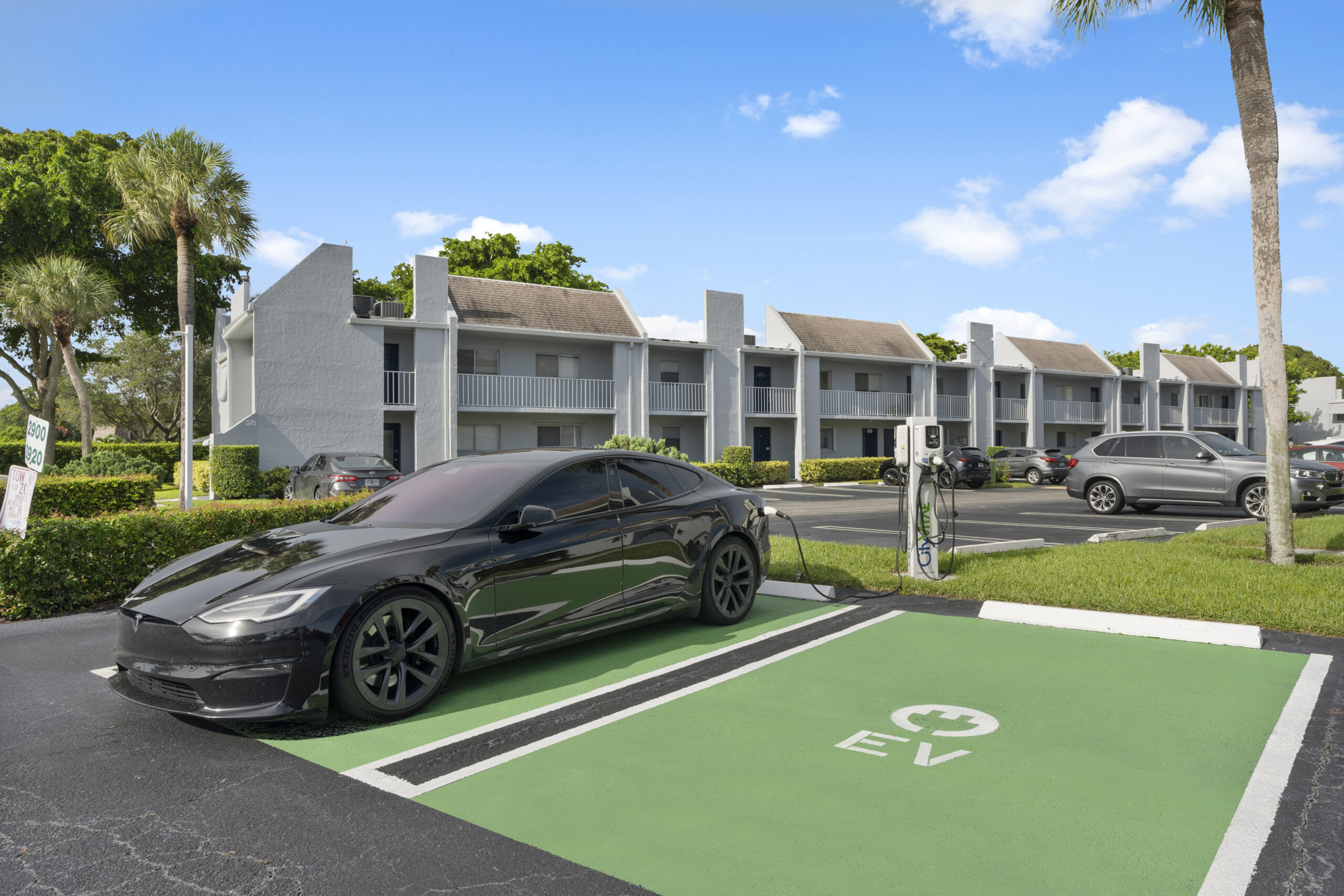Last year saw an impressive surge in the purchase of electric vehicles (EVs) in the United States, with sales exceeding the expectations of many analysts. A total of 1,189,051 EVs were sold, marking a significant increase in consumer interest in electric mobility.
In 2023, EVs accounted for 7.6% of the total new vehicle sales, a noticeable rise from 6% in 2022 and 3% in 2021. Although there was a slight deceleration in the sales growth rate of EVs during the year, they continue to be the most rapidly expanding segment in the automobile sales market.
The final quarter of the year was particularly remarkable for EV sales. Americans purchased 317,168 electric vehicles from October to December, capturing 8.1% of the total new car sales during this period. This was a substantial 52% increase compared to the same period in 2022, setting new records in both the number of vehicles sold and their share of the market. This information is provided by Kelley Blue Book, highlighting the growing trend and acceptance of electric vehicles in the U.S. automotive market.
- Tesla Model Y – 394,497 units: This model leads the charge in technical sophistication. Known for its advanced battery technology, superior range, and cutting-edge autonomous driving features, the Model Y is a testament to Tesla’s leadership in EV innovation.
- Tesla Model 3 – 220,910 units: Another jewel in Tesla’s lineup, the Model 3 is renowned for its integration of high-tech features in a more affordable package. It offers exceptional range, performance, and access to Tesla’s extensive Supercharger network.
- Chevrolet Bolt EV/EUV – 62,045 units: These models are notable for making EV technology accessible to a broader audience. They offer a solid range and user-friendly technology at a competitive price point, making them a practical choice for everyday use.
- Ford Mustang Mach-E – 40,771 units: The Mach-E marries Ford’s iconic Mustang brand with electric technology, offering an engaging driving experience combined with practical features like a spacious interior and advanced infotainment system.
- Volkswagen ID.4 – 37,789 units: VW’s ID.4 is a well-rounded EV that balances comfort and efficiency. It’s equipped with intuitive technology and a user-friendly interface, appealing to those new to electric vehicles.
- Hyundai Ioniq 5 – 33,918 units: With its futuristic design and ultra-fast charging capabilities, the Ioniq 5 is a standout in the EV market. It’s a clear indication of Hyundai’s commitment to innovative electric mobility.
- Rivian R1S – 24,783 units: As an all-electric luxury SUV, the Rivian R1S is carving out a niche in the adventure and off-road segments. It’s known for robust performance, sustainable materials, and a focus on outdoor utility.
- Ford F-150 Lightning – 24,165 units: Electrifying America’s best-selling truck, the F-150 Lightning retains the utility of its gasoline counterpart while introducing innovative features like an onboard power generator.
- Tesla Model X – 23,015 units: The Model X is a luxury EV that doesn’t compromise on performance. Its distinctive falcon-wing doors, spacious cabin, and advanced autopilot features set it apart in the luxury segment.
- BMW i4 – 22,583 units: The i4 brings BMW’s expertise in driving dynamics into the electric era. It’s designed for those who seek a sporty driving experience without sacrificing environmental consciousness.
In summary, these top-selling EVs in the USA offer a glimpse into the future of automotive technology. From Tesla’s dominance in high-tech features to the practical and accessible offerings of Chevrolet and Hyundai, there is an EV for every technophile’s preference. These vehicles not only cater to the growing demand for sustainable transportation but also push the boundaries of what is technologically possible in the automotive industry.





